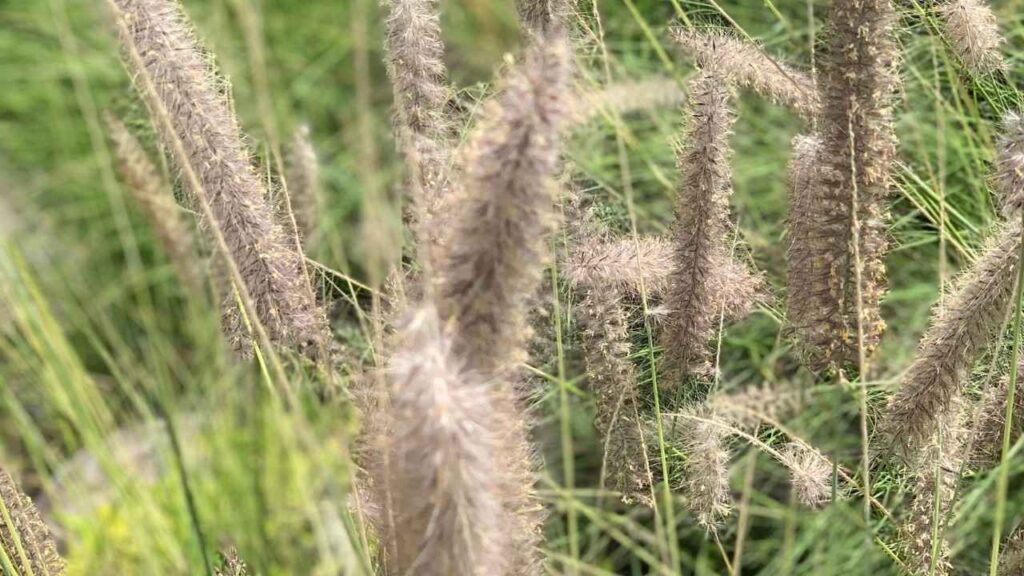Andressa Selestina Dalla Côrt a , Leandro Pereira Pacheco b , Bruno Moço Tessarolli a , Éder Rodrigues Batista c , Thais Rodrigues Magalhães Guedes b , Vinícius Hipólito Lopes de Resende d , Fabiano André Petter e , Edicarlos Damacena de Souza f , Jayme Ferrari Neto a , João Paulo Gonsiorkiewicz Rigon g , Carlos Alexandre Costa Crusciol a h
- aSão Paulo State University (UNESP), College of Agricultural Sciences, Dep. of Crop Science, Botucatu 18610-034, São Paulo, Brazil
- bFederal University of Rondonópolis, Institute of Agrarian and Technological Sciences, Dep. of Agricultural and Environmental Engineering, Rondonópolis, Mato Grosso, Brazil
- cFederal University of Lavras, Institute of Soil Biology, Microbiology and Biological Processes, Dep. of Soil Science, Lavras, Minas Gerais, Brazil
- dFederal University of Rondonópolis, Laboratory of Bromatology, Animal Science, Rondonópolis, Mato Grosso, Brazil
- eFederal University of Mato Grosso, Institute of Agricultural and Environmental Sciences, Sinop, Mato Grosso, Brazil
- fFederal University of Rondonópolis, Institute of Agrarian and Technological Sciences, Dep. of Zootechnics, Rondonópolis, Mato Grosso, Brazil
- gFederal University of Santa Catarina, School of Rural Sciences, Curitibanos, Santa Catarina, Brazil
- hCenter for Carbon Research in Tropical Agriculture (CCARBON), University of São Paulo (USP), Piracicaba, São Paulo, Brazil
Highlights
- Cover crops increase microbial biomass, store soil carbon, and cycle nutrients.
- Diversified cover crop systems enhance carbon sequestration and soil health.
- Systems with diverse cover crops promote better soil enzymatic activity.
- Diverse intercropped cover plants in a no-tillage system increase soybean yield.
Abstract
The advancement of no-tillage systems for grain production requires techniques promoting crop diversity and enhancing plant interactions with soil physical and biochemical attributes. This study aimed to evaluate the potential of cover crops to improve the microbiological, biochemical and physical attributes of soil and increase soybean yield under a long-term no-tillage system in the Cerrado region of Mato Grosso, Brazil. The experiment was installed in Rondonópolis-MT in 2013/14, and this work presents the data from the 2017/18 to 2020/21 crop seasons. The treatments comprised the following sets of second-crop systems: monocropped (MC) (fallow), Crotalaria spectabilis (CS1), Pennisetum glaucum (CS2), Urochloa ruziziensis (CS3), Cajanus cajan (CS4), and MIX (C. spectabilis + P. glaucum + U. ruziziensis + C. cajan). The total C stock was highest in CS3, and the stock of particulate C was highest in CS2, CS3 and MIX, also showing lower penetration resistance at all depths. Soil enzymatic activity and microbial analyses demonstrated that MIX was 60 % and 67 % higher microbial biomass C and N, respectively than in MC. Soybean grain yield was highest in CS3 and MIX, increasing approximately 620 kg ha−1 considering MC. The diversity of MIX favored soybean yield and carbon sequestration, evidenced by improvements in soil penetration resistance, carbon from biomass and soil microbial biomass. U. ruziziensis enhanced the activity of enzymes degrading organic residues, particularly β-glucosidase, and positively influenced carbon accumulation in the system. MC does not improve the soil properties and soybean yield in the Cerrado.
Keywords
Soil microbiota; Enzyme activity; Nutrient cycling; Carbon stocks; Soil decompaction






